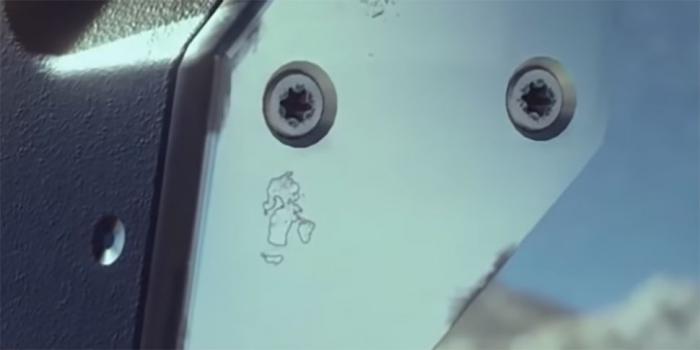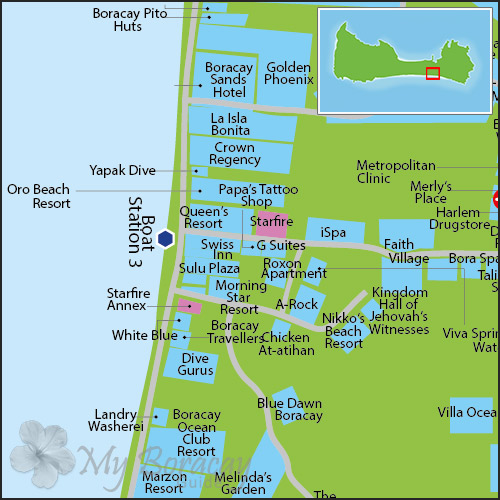

The description of the effect, or first description if there are multiple effects firing from the same pin. The part number of the effect, or first part number if there are multiple effects firing from the same pin. The number of devices represented by this row in the script. In semi-automatic mode, the time is relative to the first event in the sequence, based on the event times.

The effect time in seconds with two digits of precision after the decimal point. In semi-automatic mode, the time is relative to the first event in the sequence. The ignition time in seconds with two digits of precision after the decimal point. When you export a firing script for StarFire, Finale 3D presents an “Export Options” dialog with the option to export a Standard Script or Semi-Automatic Script, as shown in Table 3. To create a sequence on, Event 6 - enter a Track value of 1106.To create a sequence on, Event 14 - enter a Track value of 314.

To create a sequence on, Event 27 - enter a Track value of 127.To create a sequence on, Event 2 - enter a Track value of 12 or 102.To create a sequence on, Event 1 - enter a Track value of 1 or 11 or 101.A Track number of 100 is an example invalid value, as it would indicate a Sequence Event Number of 0, which is out of range. Since the Track Field in Finale 3D can hold arbitrary text, you must be careful to ensure the Track value is valid with respect to these rules. Otherwise, the Sequence Event Page = Track, and the Sequence Event Number= 1.Otherwise, if the Track is greater than or equal to 10, the Sequence Event Page = Track / 10 and the Sequence Event Number = the remainder of Track / 10.If the Track is greater than or equal to 100, the Sequence Event Page = Track / 100 and the Sequence Event Number = the remainder of Track / 100.In Finale 3D, the Track must be a number from 1 to 25432.The Track field in Finale 3D determines both of these parameters, following these rules: The StarFire script format designates sequences using two parameters: Sequence Event Page from 1-254, and Sequence Event Number from 1-32. Additionally, in the semi-automatic mode the “Notes” field in the Finale 3D script will become the name of the sequence in the StarFire user interface. The semi-automatic firing mode “Starfire FM (Semi-auto)” uses the “Track” field in Finale 3D script rows to indicate the sequence to which the row belongs. The StarFire system supports 1/100th second time resolution. Module Cue Fire Time Display Time Quantity Part Number Description Type Size Disable Type Sequence Event Name Sequence Event Page Sequence Event Number Module Cue Fire Time Display Time Quantity Part Number Description Type Size Disable Type The exported script file contains a header row identifying the column names.įor the standard pyromusical mode, the header is: A flight of shells shot together from multiple positions with the same module-pin using scab wire is still one row. A pair of shells shot together from the same position will be one row, not two, even if the shells are different effects. For example, a chain of five shells will be one row, not five. Finale 3D supports two StarFire script modes: standard pyromusical “Starfire FM”, and semi-automatic “Starfire FM (Semi-auto)”.Įach row represents a unique firing event, a module/pin/event-time combination.


 0 kommentar(er)
0 kommentar(er)
